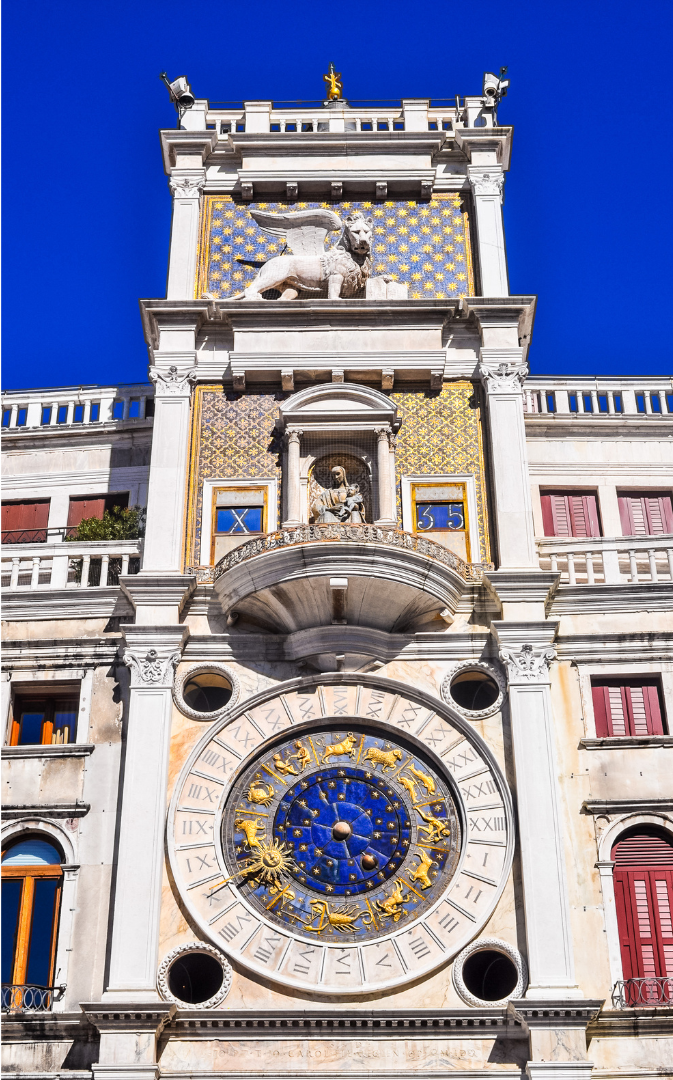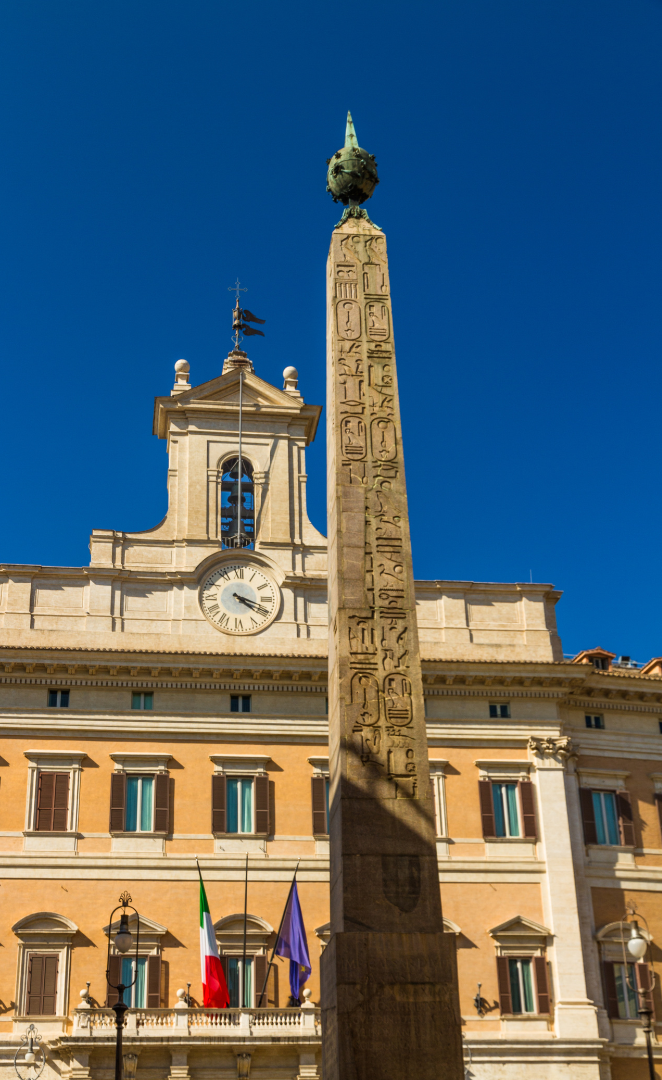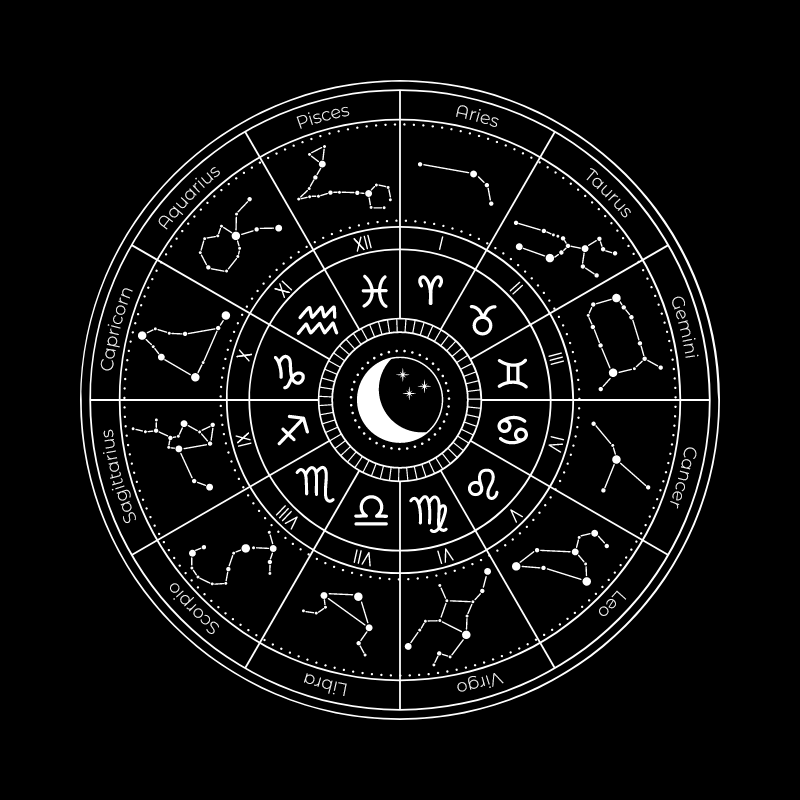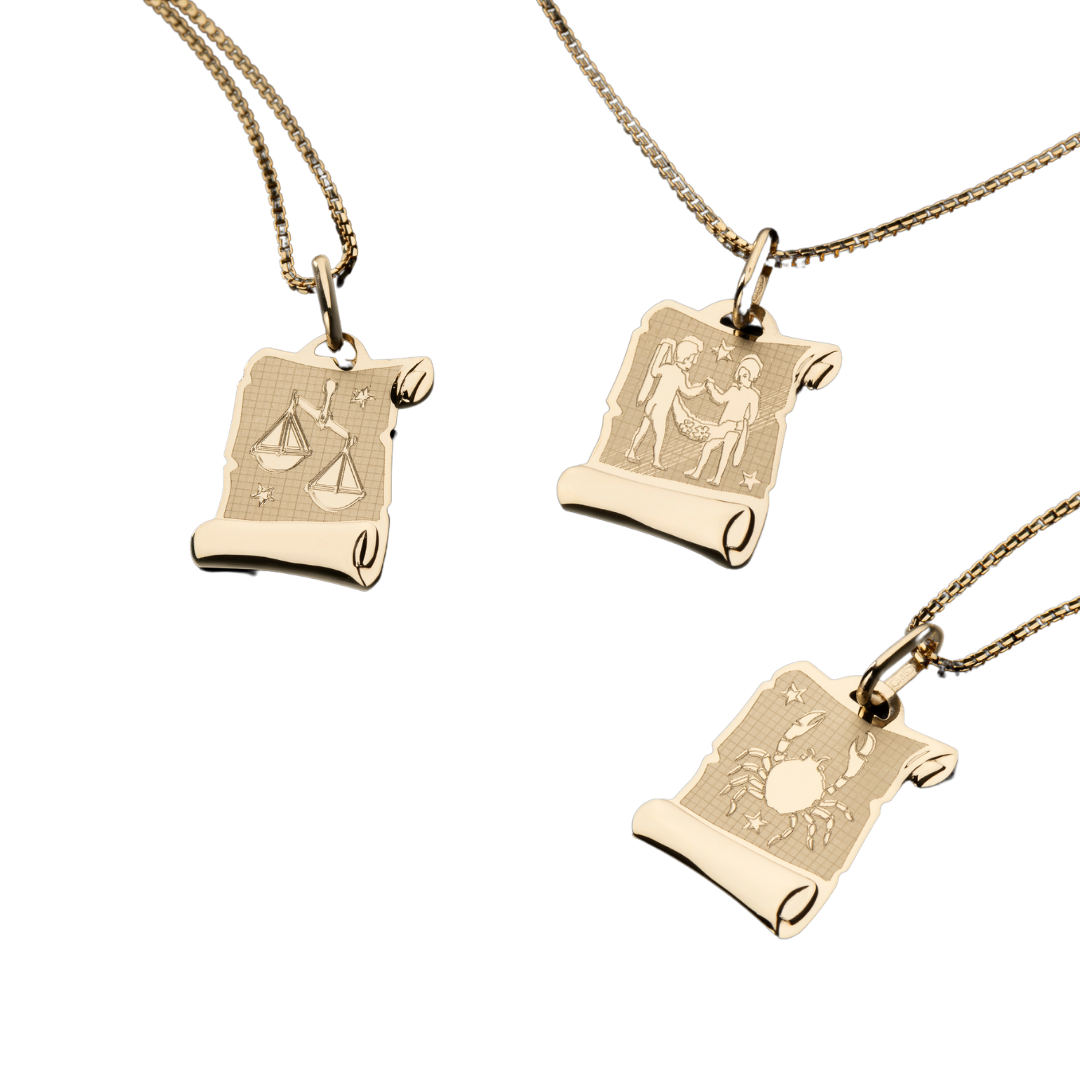A brief history
The zodiac is a belt-shaped strip of sky extending for about 9 degrees on both sides of the ecliptic – the path that the Sun follows in its apparent motion during the course of a year. This band of sky has always piqued humankind’s curiosity. Ever since the first astronomical observations, people noticed in these constellations an order and a meaning, and associated them to myths, deities, and even human traits.
The origins of the zodiac
In 3000 BCE, in Mesopotamia, predictions were already being made based on the positions of the Sun, the Moon, and the five planets closest to the Earth. However, the zodiac signs as we know them today were codified by the Babylonians around IV century BCE.
The Babylonians divided the sky into 12 sections, with a constellation assigned to each. The Sun, in its apparent motion around the Earth, crosses a different section every month. The zodiac signs take their names from these constellations: Aries, Taurus, Gemini, Cancer, Leo, Virgo, Libra, Scorpio, Sagittarius, Capricorn, Aquarius, Pisces.
Iconographic history
The first representations of the zodiac date back to thousands of years ago, more precisely in Mesopotamia and the Indus Valley. In these cultures, constellations were tightly linked to seasons, agricultural activities, and religion.
Over time, knowledge of the zodiac spread to other civilisations as well: in Ancient Greece, the zodiac was associated to myths and legends, and in Ancient Rome it became a key element of astrology (from the Greek aster = star and logia = study) – that is, the discipline that studies how celestial bodies influence people’s personalities and destinies.
The zodiac’s iconography has a variety of symbols and images that show the complexity of this subject. It uses numbers, planets, and elements that, combined, give life to a universal language that helps us interpret the heavens and understand human nature. Moreover, each zodiac sign is represented by an animal, object, or mythological creature that mirrors its traits and qualities.


The zodiac within art history
The zodiac inspired countless artists who created priceless artworks – frescoes, mosaics, sculptures, paintings, illuminated manuscripts that tell the story of the zodiac through visual representations.
Amongst the most well-known artworks inspired by the zodiac we find:
- the zodiac sign mosaic in the area surrounding the Montecitorio Obelisk in Rome;
- the series of frescoes in the Hall of the Zodiac in the Ducal Palace of Mantua;
- Raphael’s Cartoons.
Other relevant examples:
- Achille’s shield as described in Homer’s Iliad, with its depiction of constellations;
- Benedetto Antelami’s sculptural cycle in the Baptistery of Parma (XII century);
- Giotto’s frescoes with astrological subjects in the Palazzo della Ragione of Padua (XIV century);
- Giotto’s bell tower in Florence, with allegorical depictions of planets, built in XIV century;
- Andrea Bonaiuti’s “Thriumph of St Thomas Aquinas“, in the Spanish Chapel in Santa Maria Novella, Florence (XIV century);
- The clock tower in St Mark square in Venice.
On top of their artistic value, these artworks are an important historical and cultural document that gives us a better understanding of how the iconographic history of the zodiac developed over the centuries, and it testifies to how much of an impact it had on art, culture, and spirituality as well.
The zodiac never fails to intrigue us, and astrology is constantly evolving: the interest for this subject shows our curiosity about the universe. Through the study of zodiac iconography we can not only explore our own history, art, and culture, but also discover new links between heaven and earth.





